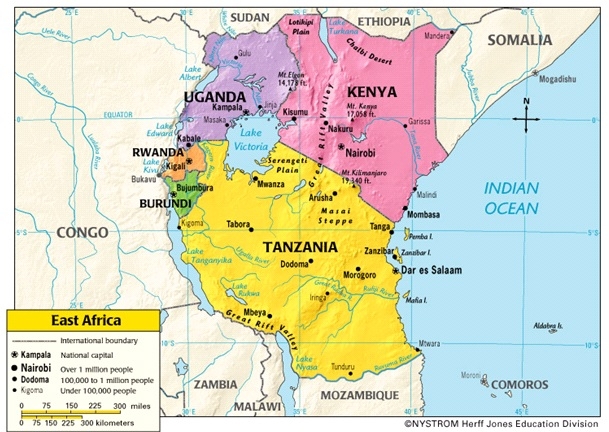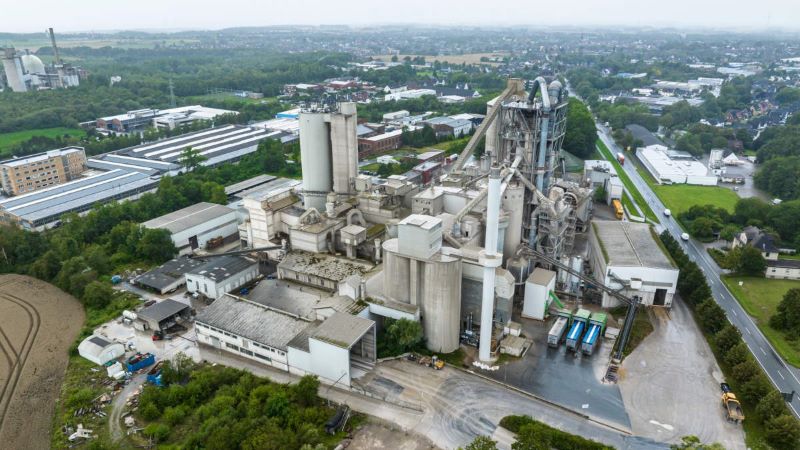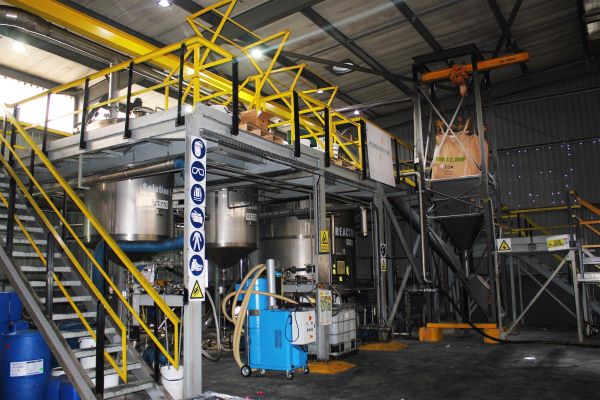

Cement manufacturers in the region are going through turbulent times, with profits falling and some going into loss territory, as a result of stiff competition from cheap imports, high power costs and low demand in the housing and construction sectors.
Bamburi, part of the Lafarge Group, and the region’s largest cement firm, saw its net profit for 2017 drop by $39 million to $19.7 million due to lower sales in the Kenyan market, blamed on the prolonged election cycle, tightened liquidity occasioned by the interest rate capping law, drought and delayed infrastructure projects.
Its revenues dropped by 6% to $359 million compared with $383 million in 2016. The Kenya-based ARM Cement, producers of the Rhino brand, lead the sector in loss making, posting a loss of $35 million in 2017, becoming one of the regional cement firms to have sunk deep in the red, having posted a loss of $28 million in 2016 and $28.9 million in 2015.
Last month, operations at its Kigali plant, Rwanda’s second largest, were suspended because of a shortage of raw materials. The plant has an annual capacity of 100,000 tonnes. In the Kenyan market, the firm is facing seen stiff competition, through vicious price wars from firms like Mombasa and National Cement, reducing its market share even as the sector also gets battered by the decline in the construction sector which posted a 4.9% growth in the last quarter of 2017, down from 7.8 per cent in 2016.
Cement consumption decreased by 13.1 per cent to 1.4 million tonnes from 1.6 million in 2016 greatly impacting manufacturers. Other producers in Tanzania also saw their margins drop as a result of the price wars and overcapacity. Tanzania Portland Cement Company (TPCC) operating under the brand name Twiga, saw its net profit drop to $15.6 million last year, from $17.6 million recorded in 2016. This was almost half of its 2015 profit of $24.88 million.
“Last year was characterised by a very competitive market, with extra capacity and challenging economic environment,” Hakan Gurdal, TPCC board chairman said. The cement manufacturer also saw its revenue drop to $118.3 million from $122.08 million in the previous year, a fall it attributed to the general low market price of cement.
Tanga Cement Company Ltd, which trades under the Simba brand, dropped to a loss making position in the six months to June last year to $7.75 million from a profit of $4.88 million the previous year due to its the capital investment that raised its finance costs to $6.65 million from $264,244 the previous year. The Tanzania cement sector has seen a complete disruption through the entry of Dangote Cement, with its discount pricing that has unsettled the large cement players.
In December, Dangote said Ethiopia was the most profitable market for its cement, selling more than 1.7 million tonnes to push the firm’s sales volumes across its Pan-African operations by 7.5 per cent to seven million tonnes. Uganda is currently experiencing a supply glitch, an indication of an increased demand which has set off price increases amongst dealers.
Tororo Cement’s factory executive director Morgan Gagranihe, said that the electricity the factory has been receiving is insufficient, affecting its production. Hima’s country chief executive Nicolas George said: “We have a challenge in getting steady power supply given that our production process is power intensive; this affects production and the cement stock dispatch to the market.”
Rwanda is also experiencing a shortage of cement that has driven the retail prices up even as one of its largest plants, Cimerwa undergoes maintenance. “Rwanda’s cement demand has reached 50,000 tonnes per month with at least 23,000 tonnes imported while Cimerwa produces 27,000 tonnes,” Annette Karenzi, DG of industries in the Ministry of Trade and Industry said.
Cimerwa Cement majority shareholding is owned by Pretoria Portland Cement (PPC) and has an annual installed capacity of 600,000 tonnes although its production oscillates between 60 and 70%. Kigali is also banking on getting a third local manufacturer, Prime Cement, after it signed a deal with a Danish company FL Smidth mid last year to build the $65 million plant.
Currently, the estimated plant utilisation rate within the region is 61.7% but Dyer & Blair Investment Bank predicts that this will fall to 45.4% by the end of this year, putting into doubt the effectiveness of these expansion moves.
Kenya accounts for 53.2% of the 21.1 million tonne installed capacity in the region followed by Tanzania with an annual installed capacity of 8.3 million tonnes against the current annual demand of 4.3 million tonnes.
Tororo Cement is due to finish the construction of $40 million factory later this year, which will push its installed capacity with an additional 1.2 million tonnes to three million tonnes. Savannah Cement also plans to increase its capacity spending $10 million on the venture that will see its installed capacity from the current 1.2 million tonne to 2.4 million tonne annually. It expects to complete this upgrade mid-2018.
In Tanzania, TPCC has also expanded its capacity through rehabilitating the old clinker lines. In Uganda, Kenyan Simba Cement is constructing its grinding plant in which it hopes to commission later this year. Hima Cement is also expected to start production by June this year of its $40 million plant in the same location.





